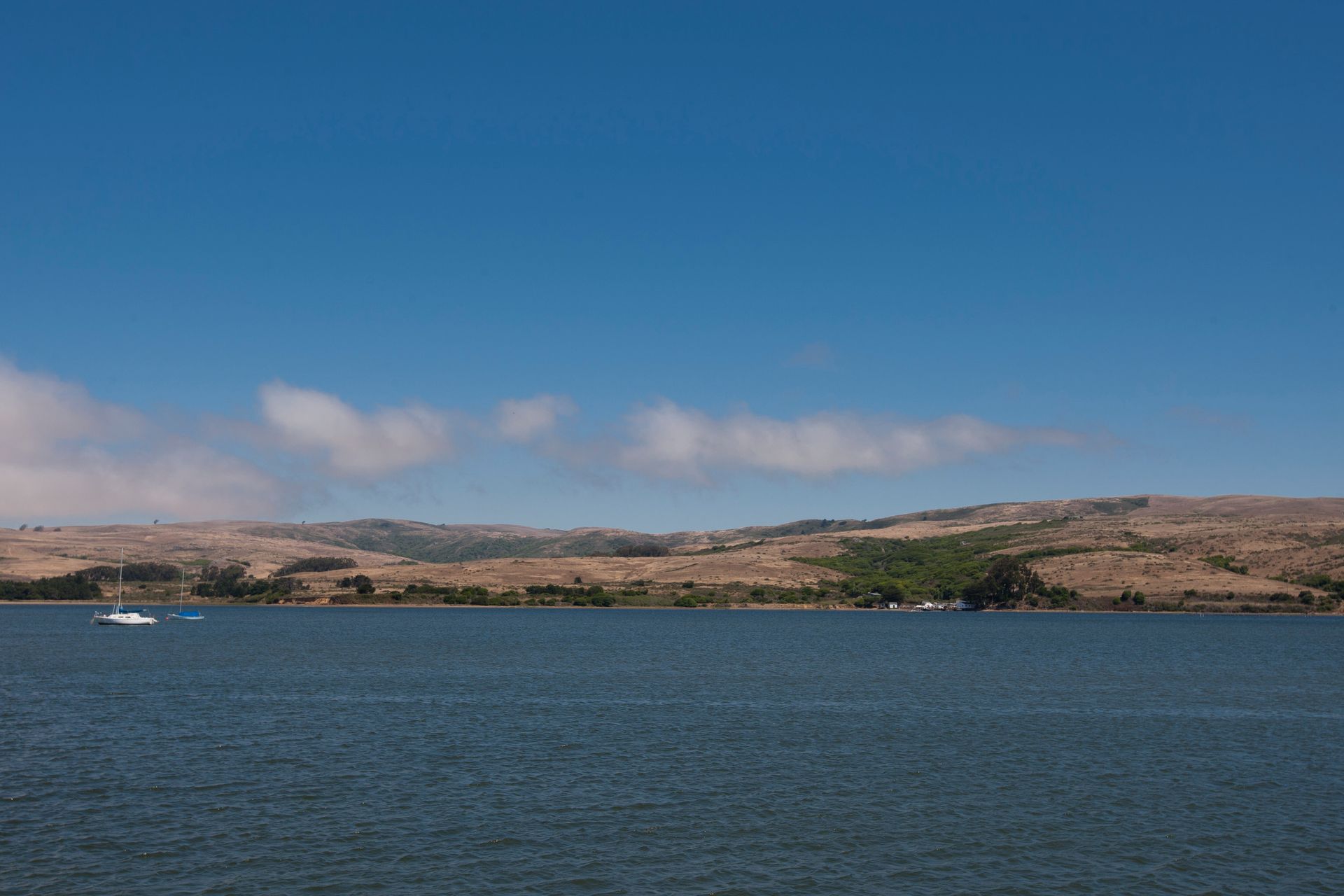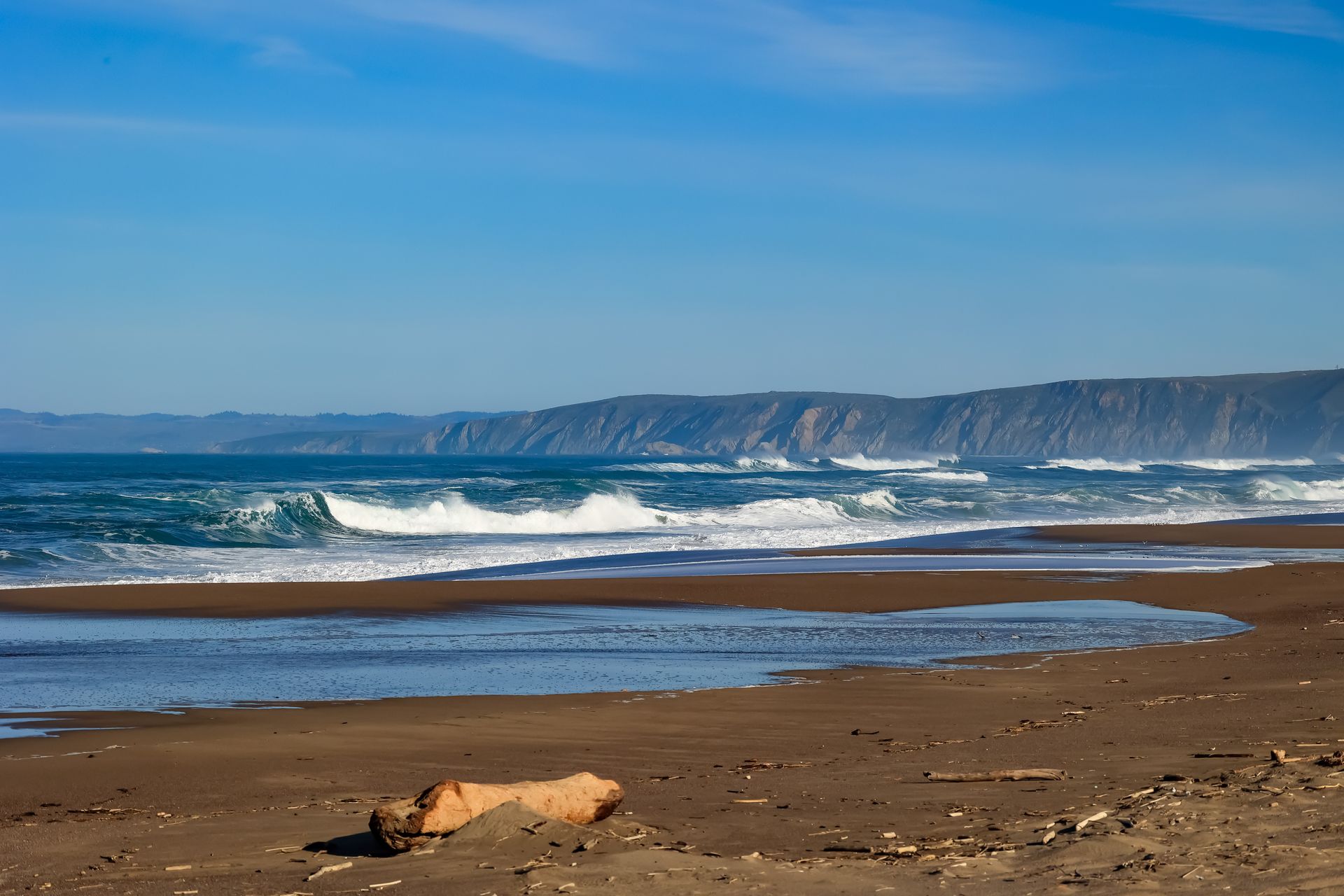TULE ELK!
Tule Elk in the Point Reyes National Seashore

Tule Elk at Point Reyes National Seashore
Nestled along the rugged coastline of Marin County, California, Point Reyes National Seashore is a sanctuary for diverse wildlife, including the iconic tule elk. These majestic animals, once nearly extinct, have made a remarkable comeback, symbolizing successful conservation efforts and the delicate balance between nature and human activity.
A Glimpse into the Past
Tule elk (Cervus canadensis nannodes) are the smallest subspecies of elk, endemic to California. Historically, they roamed the state's grasslands in vast numbers. However, by the late 19th century, overhunting and habitat loss had driven them to the brink of extinction. In 1978, a pivotal moment occurred when ten tule elk were reintroduced to Tomales Point within Point Reyes National Seashore, marking the beginning of a conservation milestone .
Conservation Efforts and Population Growth
The reintroduction of tule elk to Point Reyes has been met with significant success. As of the 2023 annual census, the Tomales Point herd numbered at least 315 individuals, reflecting a 20.2% increase from the previous year . This growth underscores the effectiveness of habitat protection and management strategies implemented over the decades. The tule elk's resurgence at Point Reyes National Seashore stands as a testament to dedicated conservation efforts and the importance of adaptive management. As the park continues to navigate the complexities of ecosystem restoration and land use, the tule elk remain a symbol of resilience and the enduring value of preserving our natural heritage.
Viewing the Tule Elk
For those eager to witness tule elk in their natural habitat, Point Reyes offers unparalleled opportunities. The Tomales Point Trail, a 9.4-mile round-trip hike, provides hikers with scenic vistas and frequent elk sightings, especially near watering holes around the 3-mile mark .
When observing elk:
• Maintain a respectful distance: Use the "rule of thumb"—if you extend your arm and can’t cover the elk with your thumb, you're too close .
• Use binoculars or a zoom lens: This allows for close-up views without disturbing the animals.
• Stay on designated trails: This minimizes habitat disturbance and ensures personal safety.
Photo Credits:
Christin Marie
Vella Torvick









